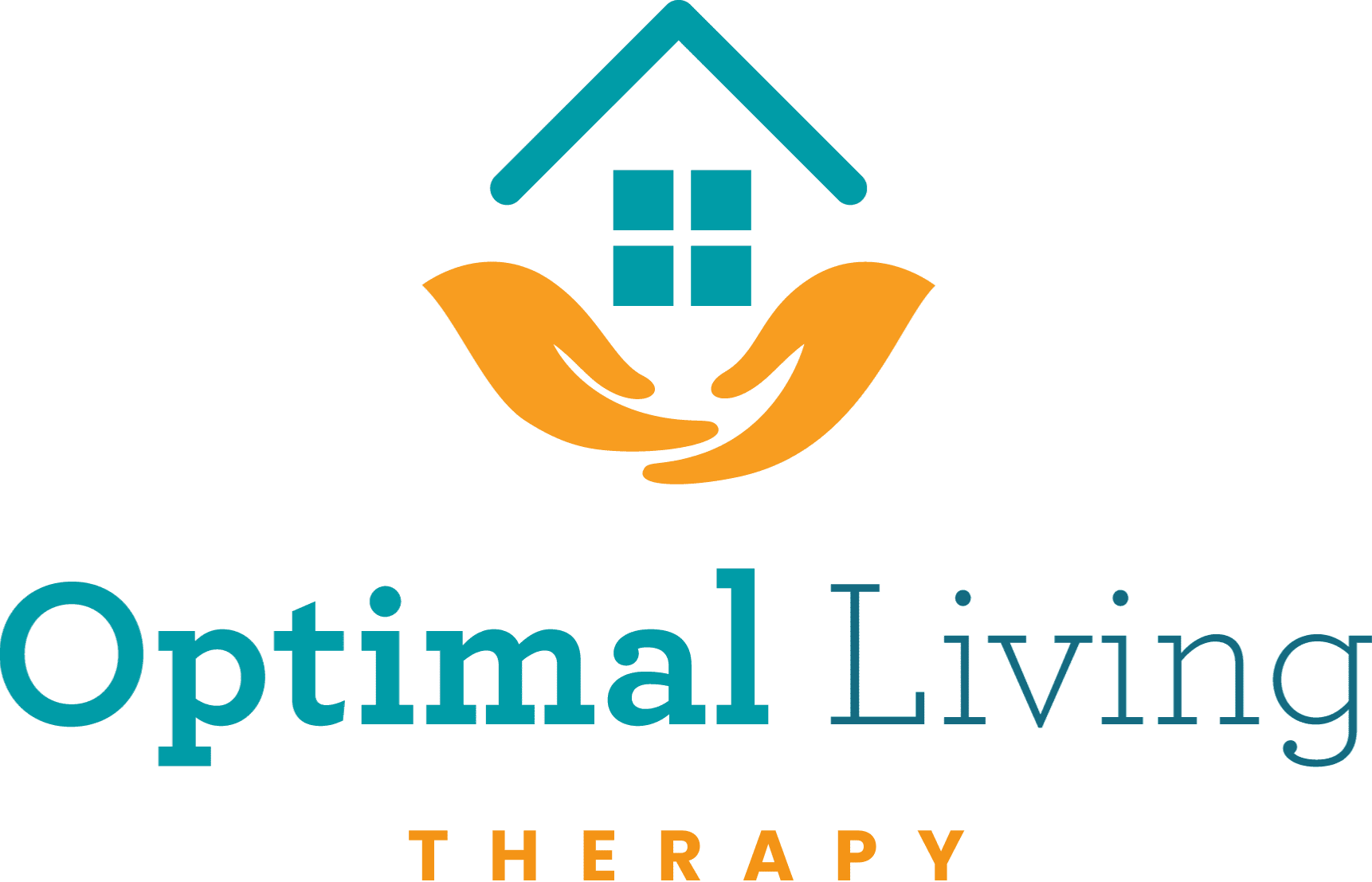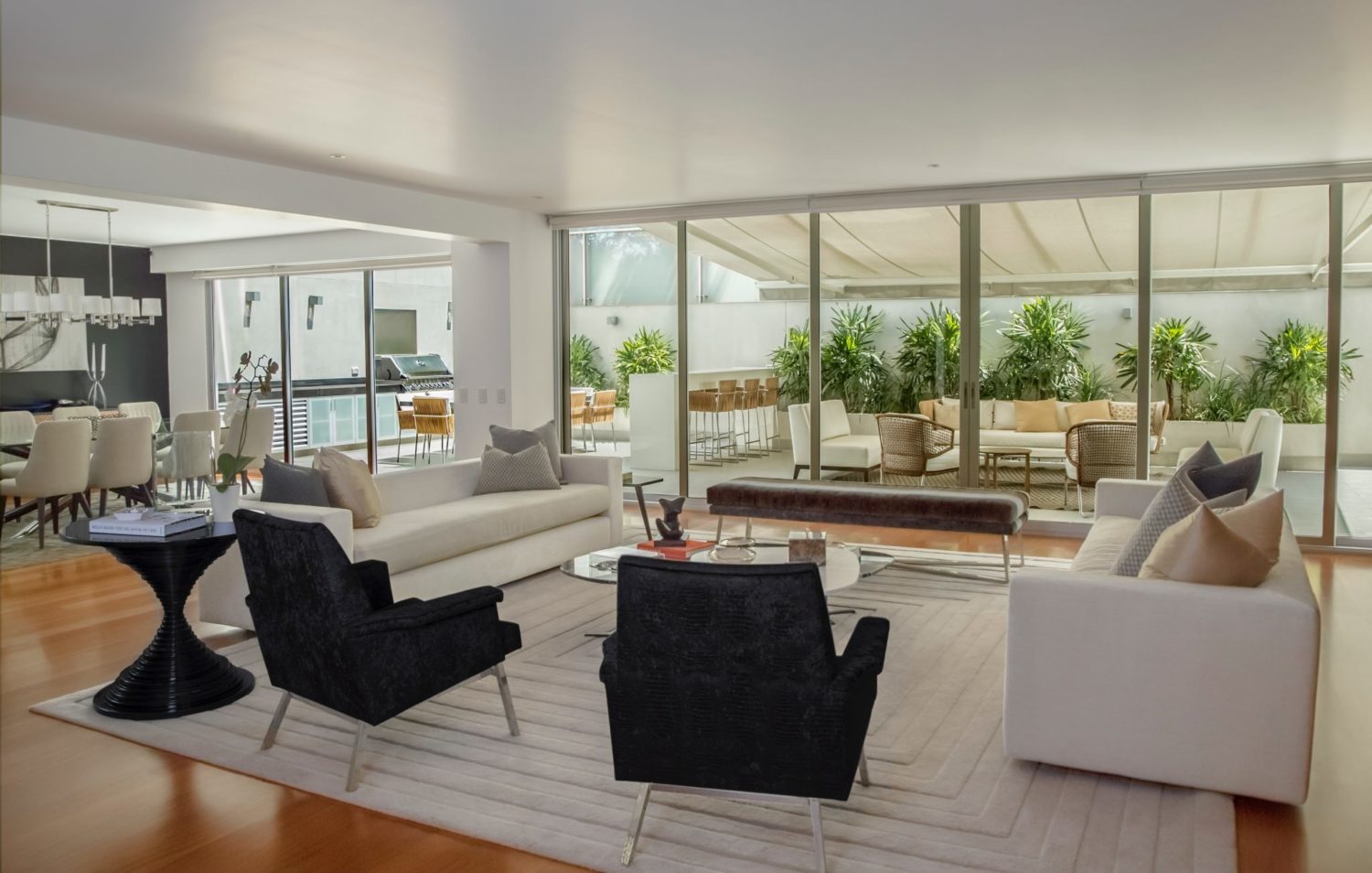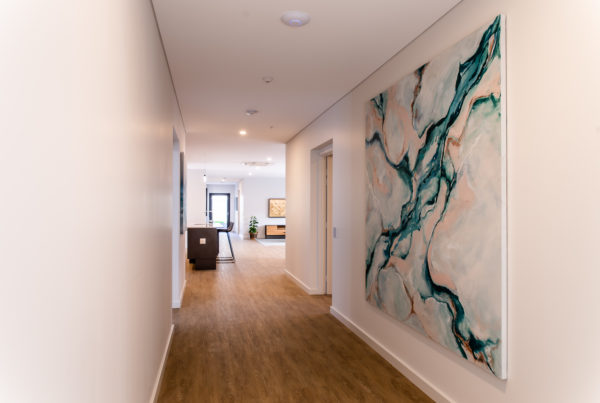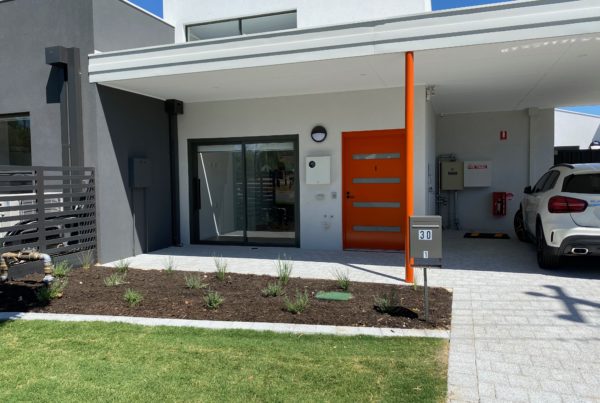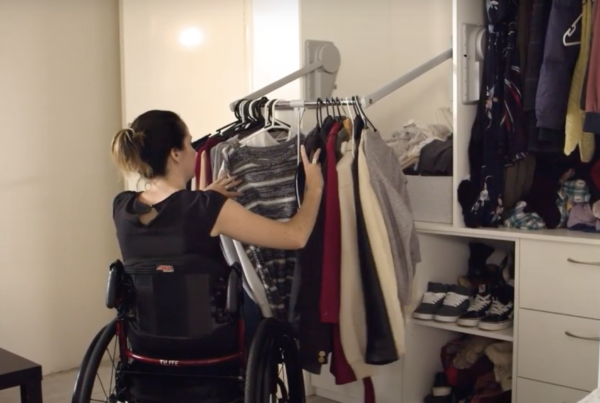If you’re considering building a new home, buying an existing home or planning to downsize later in life I’m certain you’re anticipating spending many years if not decades enjoying living there. Whatever you reason for making this move – any home you choose is going to need to accommodate your changing needs across your lifetime. A livable home is one that’s designed to do exactly that, and if done right no one would ever know it’s been designed/modified with this purpose in mind.
Most people can expect temporary or permanent variations in their capabilities in their life (as much as we all like to think this isn’t the case!) whether it be due to an injury, illness, ageing or disability. This fact of life coupled with advances in medical innovation and life expectancies constantly increasing, it’s highly probable that every Australian home will need to respond to the needs of someone with access challenges, whether they’re a permanent resident or a visitor to the home.
For people with access challenges (permanent or temporary) the simplest of daily tasks can be made extremely difficulty by an inaccessible home. Getting the shopping from the car to the kitchen, cooking, getting in and out of the shower or simply getting through a doorway- but the subtle features of a livable home defeat access challenges before they’ve arisen.
There is no perfect formula, nor can one home can meet the needs of every person and the access challenges they may face, and so depending on what stage you’re at in life there are two key approaches you can take to your future housing plans.
- Livable housing: a home designed to meet the Livable Housing Guidelines which incorporates the principles of universal design that will meet most potential access needs in the future and ensure your house is largely adaptable if it needs to be. The benefit of a Livable home is you’re building a reasonably standard home with some key included dimensions and features that no one would ever know are there unless they too have a Livable home! We’re talking level access points without thresholds, large walk in showers, wider door frames and open plan living, sounds ideal right?
- Accessible housing: this type of home is designed to meet an existing need of the home owner or occupant. If you’re designing a home to meet a need you (or your loved one) will have the rest of your life eg: use of a walker, wheelchair, visual impairment or any other form of access challenge you need a home that looks great but that also makes your life easier on a daily basis. These homes require more considered planning and designing rather than using and applying broad guidelines (although they are a good place to start). By planning carefully from the get go your home doesn’t have to look like an accessible home if you don’t want it to, you can have all the features you need with a great aesthetic!
So if and when you’re considering your next move, keep these principles in mind before buy that split level home with steps to every entrance, the shower over bath and narrow door frames.
